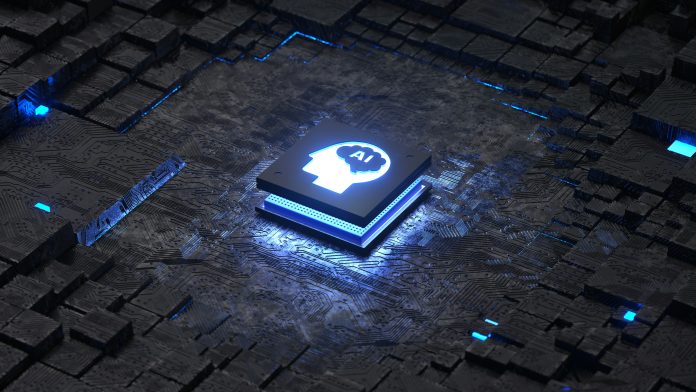AI chips are already at work in the industry. For instance, NVIDIA’s A100 GPU offers immense parallel computing power, meeting the high demands of deep learning applications.
“AI is set to be a transformative force in technology, and the race for the top chip isn’t just about raw power—it’s about shaping the future of AI itself,” says Philipp Pratt, an innovation expert at Geonode. This competition among tech giants is more than just a quest for market dominance; it represents a clash of philosophies and approaches toward the development and accessibility of AI technology.
Pratt suggests that Nvidia and Microsoft are leading the charge in this battle. Both companies are pushing the limits of AI chip innovation, striving to secure a major share of the AI and machine learning market.
What Kind of Chip Does AI Need?
AI requires highly specialized chips known as AI accelerators. These chips, designed to efficiently handle the complex mathematical calculations involved in machine learning and neural networks, are distinct from standard CPUs. According to AMR, AI accelerators like GPUs or custom ASICs excel at parallel processing, which significantly speeds up AI computations.
However, the race is on to develop the next generation of AI chips for even more advanced applications. Elon Musk has predicted that AI will eventually surpass human intelligence, but achieving this milestone will depend on the kind of chip technology that emerges.
Recent Developments in AI Chip Technology
Nvidia has long been known for its GPUs, which initially gained prominence in high-performance graphics rendering for gaming. As AI has advanced, these GPUs have become crucial in powering AI applications due to their ability to perform multiple calculations simultaneously—essential for AI processing.
Meanwhile, Microsoft has been expanding its AI capabilities through its cloud services, with Azure AI being a key part of its offerings. This move has positioned Microsoft as a leader in AI research and application development.
Key Areas of Competition
- Processing Power: Nvidia’s latest AI chips boast advanced neural network capabilities and superior energy efficiency. Microsoft’s focus lies in integrating AI chips into its infrastructure to enhance the capabilities of Azure AI.
- Market Penetration: Nvidia’s chips are widely used across research and commercial AI applications, providing broad market exposure. Microsoft leverages its vast enterprise customer base, offering integrated AI solutions through its cloud platform.
- Innovation and Patents: Both companies are heavily invested in research and development. Nvidia recently introduced innovative AI features in its new GPU architecture, while Microsoft continues to file patents for specialized AI computing hardware.
Nvidia continues to build on its hardware expertise, evidenced by its recent acquisition of Arm Ltd., which may further solidify its dominance in developing a broad range of chips, including those for AI.
In contrast, Microsoft is capitalizing on its strengths in software and cloud services. By forging strategic partnerships, such as its alliance with OpenAI, Microsoft is expanding its AI capabilities. Both companies are attempting to outmaneuver each other through technological innovation and strategic alliances.
Future Speculations
“The battle for AI chip supremacy between Nvidia and Microsoft is more than just a technological competition; it’s a duel that will shape the future of AI development,” says Philipp Pratt. Nvidia’s advantage lies in its specialized AI chipsets, which are already on the market.
However, Microsoft’s broader ecosystem, anchored by its cloud infrastructure, plays a crucial role. The outcome of this competition will have significant implications, influencing not only the pace of AI development but also its trajectory over the next decade.
As the AI landscape continues to evolve, these strategies are likely to adapt. Ultimately, the real beneficiaries of this competition will be the users who leverage these advancements to drive innovation, streamline operations, and unlock new possibilities across various economic sectors.



 Bitcoin
Bitcoin  Ethereum
Ethereum  Tether
Tether  XRP
XRP  Solana
Solana  USDC
USDC  TRON
TRON  Lido Staked Ether
Lido Staked Ether  Cardano
Cardano  Avalanche
Avalanche  Toncoin
Toncoin